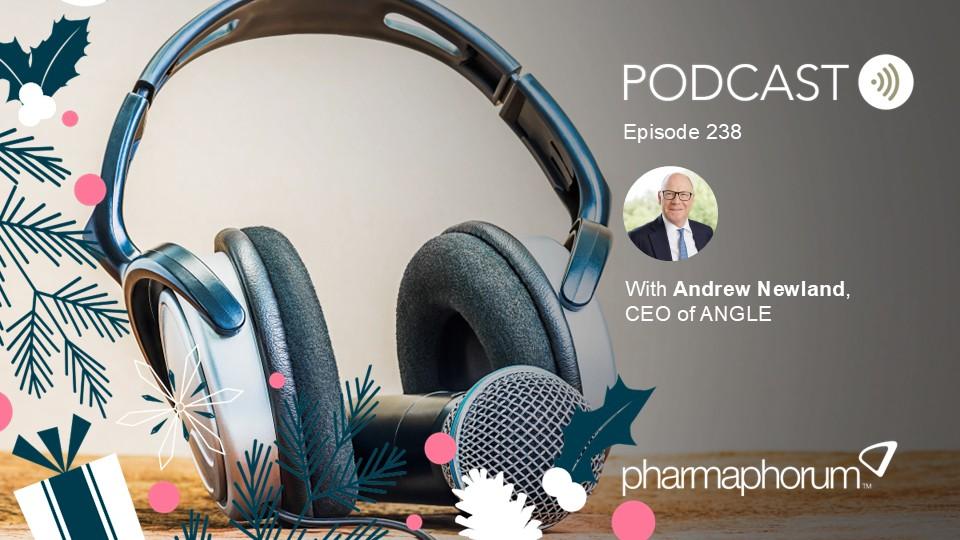GlucoModicum's non-invasive CGM nears first filing

Jokke Mäki (l), GlucoModicum's chief executive
Finnish medtech company GlucoModicum has taken a step closer to bringing its non-invasive continuous glucose monitor (CGM) device to market after completing a clinical trial involving hundreds of subjects.
The CGM device – known as Talisman and developed with the help of Phillips-Medisize – was put through its paces in 646 people with type 2 diabetes and healthy volunteers in the study, which looked at its performance on standard multi-hour glucose tolerance tests and ambulatory conditions involving exercise and meals.
The results showed a mean absolute relative difference (MARD) of 11.5%, a standard metric used to assess the accuracy of CGM systems that compares the performance to lab-derived reference readings. According to GlucoModicum, that approaches the industry benchmark of 10% set by current needle-based CGM systems.
The Finnish company said the results should meet EU regulations on these devices and puts it "on a clear path to commercialisation" and will be submitted to Finland's medicines agency, FIMEA, before the end of the year.
The CGM is based on magnetohydrodynamic (MHD) technology, which non-invasively samples interstitial fluid, the body fluid between blood vessels and cells, for glucose levels. The reading is combined with other sensors and an artificial intelligence algorithm to give a reading for blood glucose.
Like other CGMs, it is worn on the arm and transmits data wirelessly to a smartphone or other device, but in contrast does not require a needle to pierce the skin.
"GlucoModicum has solved the technical and manufacturing challenges that have long held back needle-free CGMs and done so at low cost, putting us at the forefront of the field and within reach of delivering the world's first truly needle-free continuous glucose monitoring solution," said Jokke Mäki, the company's chief executive.
"To the best of our knowledge, no other needle-free technology designed for use in the general diabetic population has passed beyond early lab-stage concepts," he added. "We believe our technology has enormous potential to make continuous glucose monitoring accessible to millions more people worldwide."
Compared to traditional finger-prick glucose testing, CGM devices can help people with diabetes achieve better control of blood sugar levels, reducing the risk that levels can move out of safe ranges, causing hypoglycaemia or hyperglycaemia, and potentially helping to prevent long-term complications like eye and nerve damage.












